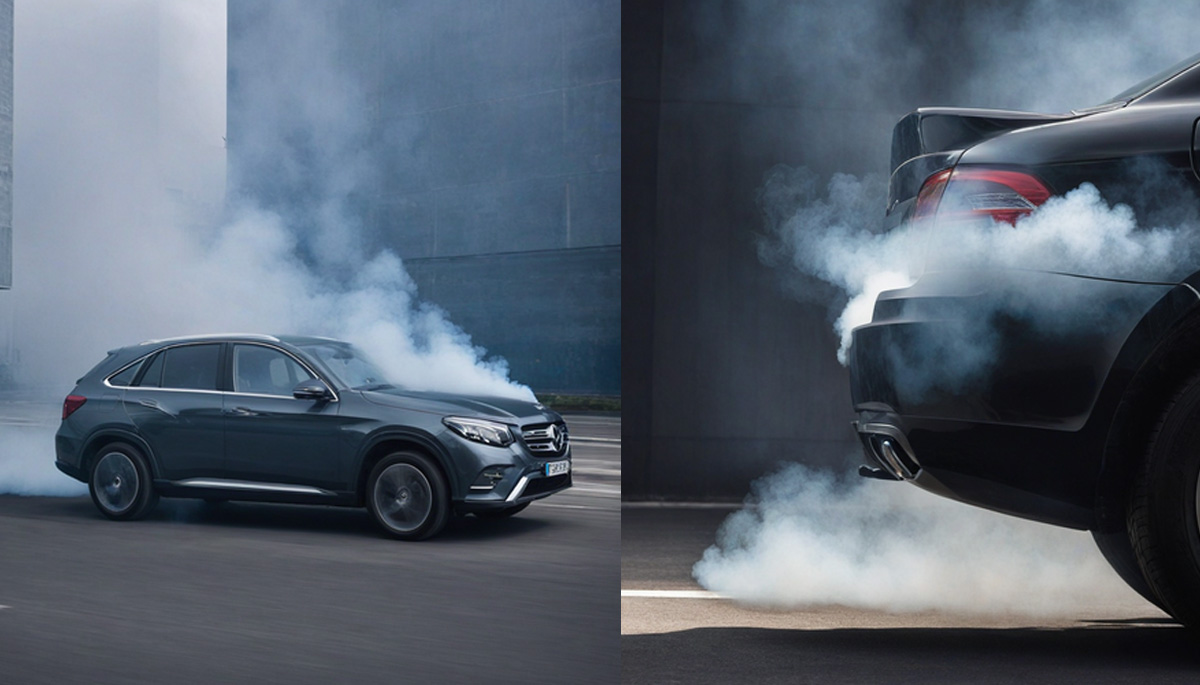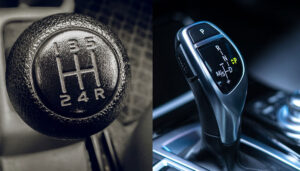India adopted BS6 emission standards in April 2020, leapfrogging an entire generation of European norms. This dramatic cutover has proven a litmus test for domestic automobile manufacturers. It disrupted long-established product plans, production processes and even business models. But this quantum shift is also pushing the industry towards a cleaner, sustainable and more technologically-advanced future.
In this comprehensive guide, we explore the depths of how BS6 emission regulations have impacted Indian automakers – from the investments required and challenges faced to the strategies deployed and opportunities unlocked.
What are BS6 Emission Norms
Bharat Stage (BS) Emission Standards are increasingly stringent norms introduced by the Government to regulate air pollutants from vehicles over time. Based on their European counterparts, these have been enforced in phases across the country.
BS6 requirements, implemented in a phased manner from April 2020, are the latest and most stringent yet. They mandate significantly reduced limits on various pollutants compared to preceding BS4 norms:
- Particulate Matter (PM): Reduced by 82% for petrol, 89% for diesel vehicles
- Nitrogen Oxides (NOx): Cut by 68% for petrol and 82% for diesel
- Carbon Monoxide (CO): Down 25% for petrol, 63% for diesel
- Combined Hydrocarbons & NOx: Brought down substantially
To comply, vehicles need major upgrades to engine design like gasoline direct injection, improved catalytic converters, exhaust gas recirculation, diesel particulate filters and other exhaust after-treatment systems. This complex interplay between mechanical and electronics meant nearly every component required revalidation for BS6.
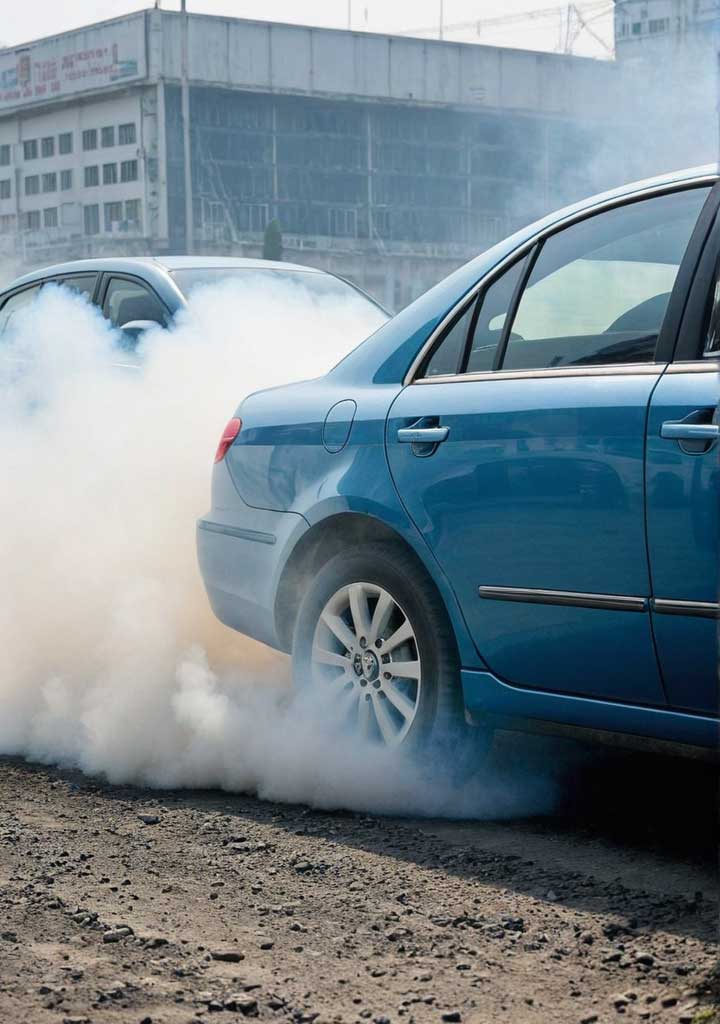
Key Impacts on Automakers
Overhauling products to BS6 specifications has significantly impacted operations, product planning and costs for Indian automakers:
1. Technology Upgradation
Car manufacturers had to invest heavily in upgrading technology, production lines and R&D capabilities across their supply chain. Key areas included:
- Engine Redesign: Incorporating design changes like gasoline direct injection (GDI), turbocharging, improved engine control units (ECUs) and upgraded fuel systems
- Exhaust After-treatment: Addition of components like diesel particulate filters (DPF), selective catalytic reduction (SCR), and gasoline particulate filters (GPF)
- Facilities and Testing: Setting up new engine test beds, chassis dynamometers, dedicated emission testing facilities and calibration centers
- Workforce Training: Upskilling workforce through extensive training programs on the revised processes and technologies
Estimates suggest over ₹70,000 crores were invested by Indian automakers to upgrade products, factories and processes for adhering to BS6 norms.
2. Increased Production Costs
This largescale technology adoption directly translated into higher production costs for automakers:
- BS6-compliant engines are estimated to be 10-15% costlier than equivalent BS4 units
- Additional components like DPF systems add further expenses amounting to Rs. 30,000 – 1 lakh per vehicle
- Collectively, BS6 upgrades increased costs by Rs. 80,000 – 1.3 lakh per vehicle, significantly impacting profit margins
For example, Maruti Suzuki had to spend around Rs. 9,000 crores just on upgrading their engines to meet the new standards.
3. Supply Chain Disruptions
The shorter transition timeline from BS4 to BS6 caused temporary upheavals across supply chains:
- Automakers were heavily dependent on suppliers for procurement of compliant engine parts and new exhaust hardware
- Ensuring all tiers of suppliers were equipped to manufacture BS6-rated components on schedule
- Challenges around aligning final production with readiness of vendors and availability of compliant parts
This created a ripple effect cascading down component manufacturers, who had to rapidly mobilize resources and revalidate production processes.
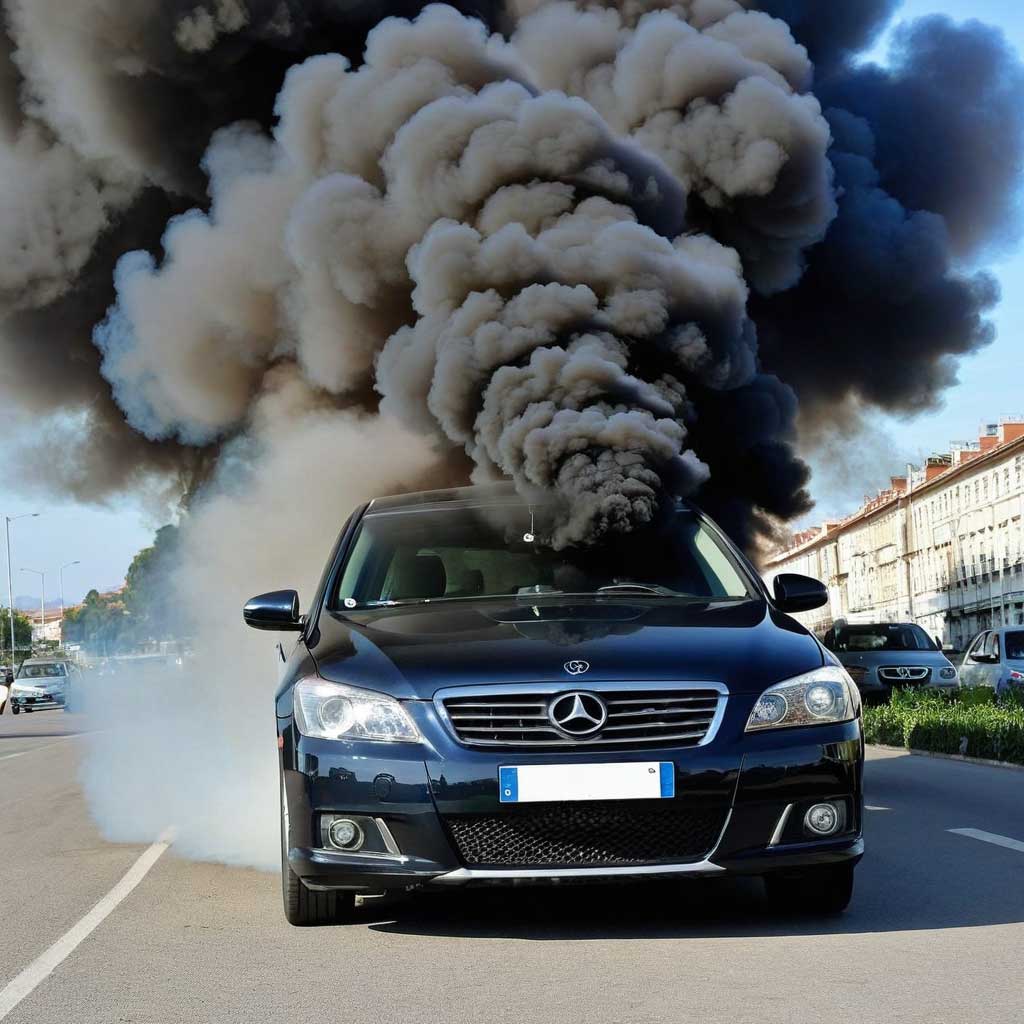
Strategies Adopted by Automakers
Faced with this disruptive change, automakers adopted a mix of strategies to adapt nimbly:
Product Portfolio Restructuring
Rather than upgrading every existing model, many OEMs opted to restructure their lineups and phase out select trims and variants.
- Maruti Suzuki completely axed diesel models, focusing on petrol, CNG and hybrid technology going forward
- Mahindra discontinued a few older SUV models citing poor demand and lack of an upgrade path
- Ford exited sub-4meter compact segment while Toyota stopped its Etios range in India
- Several fringe players like Nissan revamped their entire product lineup during the transition
This allowed prioritizing and streamlining investments towards higher volume, profitable products while culling redundant or aging models.
Passing Costs to Consumers
The most common approach involved passing on a portion of higher costs to customers through price hikes on BS6 models. These premiums over equivalent BS4 variants ranged from Rs. 10,000 for entry models to over Rs. 1 lakh for premium offerings.
| Automaker | Sample Model | BS6 Premium |
|---|---|---|
| Maruti | Swift | ₹15,000 |
| Hyundai | Creta | ₹1.2 Lakh |
| Mahindra | Scorpio | ₹80,000 |
While protecting margin to an extent, this disrupted traditional price positioning and benchmarks for several automakers. Convincing customers to pay premium despite no direct user benefits proved an uphill task.
Shift Towards Export Markets
With business prioritized towards domestic BS6 transition, some OEMs aggressively chased more profitable export markets still following older emission norms.
This allowed continuing production of existing BS4 units and better utilization of available capacities. Both Maruti Suzuki and Mahindra recorded double-digit export growth during the transition period. Hyundai‘s exports grew over 40% in FY22 to cross 181,500 units.
Accelerating Electric Mobility Plans
A few automakers leveraged the transition to expedite their electric vehicle product roadmaps as a strategic hedge. The logic was to preempt further disruption cycles in the IC engine space by fast-tracking their EV plans.
Tata Motors launched the Nexon EV in early 2020, establishing a first mover advantage among mainstream brands. Mahindra fast-tracked launches under its new EV sub-brand ‘Born Electric’. Similarly, Maruti accelerated testing of their first EV prototypes based on the WagonR.

Challenges in Transition
Despite manufacturers’ best efforts, the transition to BS6 was full of roadblocks and hurdles:
Managing Unsold BS4 Inventory
The hard deadline left automakers scrambling to clear unsold inventory of BS4 stock post April 2020. Many were forced to offer steep discounts and take further hits on profitability.
As per SIAM estimates, over 10% of inventory remained unsold across automakers by the BS4 cutoff. Maruti Suzuki alone had an inventory of over 93,000 BS4 vehicles when the deadline arrived.
Reskilling Personnel
Apart from manufacturing capabilities, automakers had to rapidly retrain personnel across the entire value chain – from assembly lines to service/workshops and even sales staff.
This training burden spanned explaining the technical changes under the hood to imparting troubleshooting and diagnosis skills for complex components like DPFs. It came at a significant cost and time burden.
Convincing Customers
Getting customers to pay a premium for BS6 vehicles over their older BS4 counterparts proved an uphill marketing task. There was initially very low awareness around reasons motivating the escalated pricing.
Sales personnel had to sensitize buyers explaining regulatory reasons and elaborate on long-term environmental benefits of BS6. Many were unwilling to absorb the price shocks in absence of perceivable improvements.
Ambiguity Around Targets
The original target of implementing BS6 from April 2020 was pushed back several times due to varying levels of readiness across the industry and states. This caused massive inventory buildup and production planning challenges.
Additionally, lack of clarity around the upcoming Corporate Average Fuel Efficiency (CAFE) norms left automakers uncertain around future compliance requirements.
Tackling Acceptance Issues
BS6 compliant vehicles come with more complex exhaust treatment systems like DPFs that require periodic servicing and regeneration. Service networks had to gear up for addressing customer queries on expected service costs and maintenance schedules.
There were also isolated instances of stalling complaints with BS6 vehicles linked to revised software calibrations. Some brands faced criticism for perceived compromises in performance and driveability.
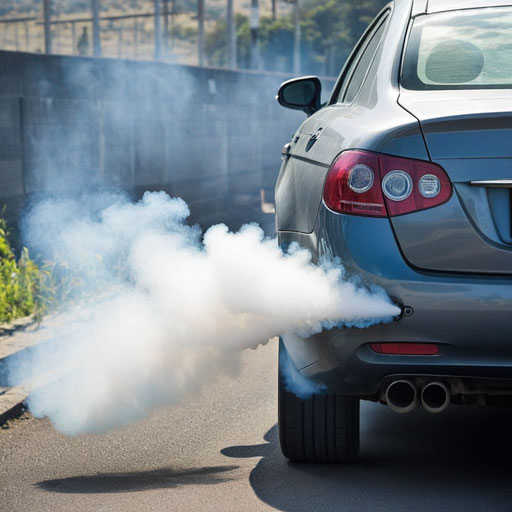
Opportunities and the Road Ahead
While disruptive in the short run, the technology upgrades driven by BS6 regulations promise to unlock many long-term opportunities for Indian automakers:
Export Growth Potential
By catapulting to BS6, Indian manufacturers now match required emission regulations for most developed markets like Europe, Australia and parts of Asia. This unlocks a significant export opportunity to leverage India’s cost advantages.
Maruti Suzuki has already started shipping BS6 vehicles to international markets. Hyundai’s exports from India now account for over 25% of its global sales and are set to rise further.
Competitive Advantage for Early Adopters
OEMs that upgraded portfolios or launched new BS6 products early gained a competitive first mover advantage in technology maturity, pricing power and perceived ‘green’ brand positioning over slower rivals.
For example, Maruti Suzuki’s Petrol Range for hatchbacks and SUVs like the Brezza transitioned much faster. Their expertise and scale will help maintain cost advantage through the disruption.
Innovation and R&D Mindset
The BS6 transition spurred automakers towards a mindset of innovation, benchmarking with global best practices in R&D, production and testing. Several invested in modernizing their engineering and R&D facilities as part of this upgrade cycle.
Hyundai’s Eco Technology Center and Renault’s AMI Knowledge Hub are examples of such investments focused on next-gen mobility R&D beyond just BS emission norms.
Automotive PLI schemes recently announced by the government will further incentivize this approach by promoting local manufacturing and R&D initiatives.
Future-proofing for Electric Mobility
While an interim milestone, overlapping areas like the adoption of complex electronics and exhaust after-treatment systems have futureproofed domesticated manufacturers to an extent for the impending electric mobility transformation.
Marques like Tata Motors were able to leverage experience with new technologies to develop the Nexon EV much faster compared to rivals. Mahindra’s EV journey was aided by prior expertise with early launches like eVerito and eSupro.
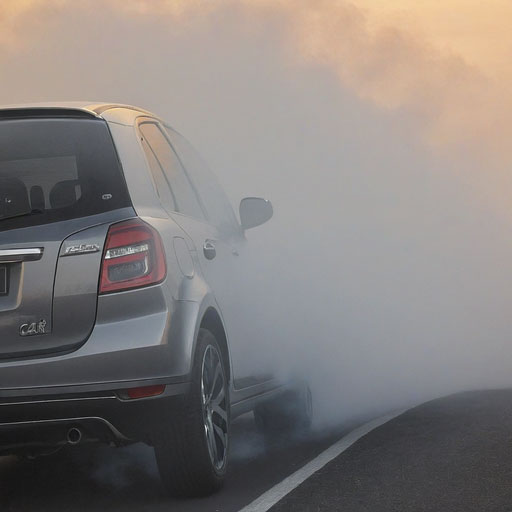
Automaker Responses
Let’s look at how some mainstream automakers navigated the transition to BS6:
Maruti Suzuki
As the market leader, Maruti Suzuki started BS6 development in 2015 itself through its dedicated Center of Excellence for Emissions Engineering. By 2019, it had invested over Rs 9,000 crores for developing BS6 petrol engines and transmissions.
Despite upgrading most petrol models, Maruti took the business decision to drop its Fiat-sourced diesel engines altogether from April 2020. It cited prohibitive costs involved along with a diminishing market for diesel vehicles in India.
Maruti did not pass on the entire cost burden to consumers. But even the muted hike of Rs. 15,000 on its best-seller Swift stirred some market resistance initially. The automaker strategically offered discounts and improved financing schemes to manage the transition smoothly.
Hyundai
Hyundai invested heavily in upgrading its Sriperumbudur plant for BS6 production. Their existing Kappa and U2 engine families received upgrades spanning GDI/turbocharging and other systems to meet norms.
Price hikes ranged from Rs. 18,000 for the Santro to over Rs. 1.2 lakhs for its flagship Creta SUV compared to BS4 variants. But Hyundai leveraged its timely introduction of several new models like the latest Aura to maintain sales momentum.
The Korean marque was impacted some delays from its suppliers. But relentless focus on increasing exports during the period allowed it to utilise excess production.
Mahindra
Mahindra adopted a binary approach of upgrading its volume sellers like the Scorpio, XUV500 and Bolero to BS6. But it discontinued several products straddling lower volume segments including older SUVs like the Quanto and NuvoSport.
By early 2020 itself, Mahindra achieved over 90% BS6 compliance for its production. Even so, it faced inventory management issues and had to offer substantial discounts to clear unsold BS4 stock closer to the deadline.
For its part, Mahindra priced its upgraded BS6 models approximately Rs. 80,000 – 1 lakh over equivalent BS4 products due to to high content of imported components.
Apart from domestic plans, the automaker also capitalized on export growth opportunities opening up as one of earliest BS6 adopters. Exports grew over 80% in the first half of 2022 alone.
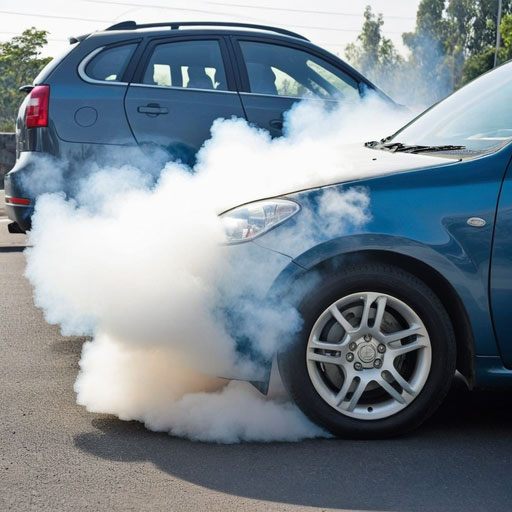
Conclusion
Transitioning to the BS6 emissions era proved a litmus test for the Indian automotive industry. It disrupted long-standing plans, product portfolios and even established practices. Persistent ambiguity, organizational inertia and stiff investment requirements further compounded challenges in meeting deadlines.
However, automakers who displayed agility in restructuring portfolios, ramping up production capacity and frontloading investments not only navigated the shift smoothly but gained competitive advantages in process. The transition has prompted these manufacturers to reimagine rigid business models and imbibe a more innovative, future-ready approach aligned with global best practices.
While short-term pains around cost escalations, upfront expenditure and inventory issues remain, the seismic shift also unlocks many long term opportunities. Most importantly, it has futureproofed domestic OEMs for upcoming disruptions like Corporate Average Fuel Emissions (CAFE) norms and the inevitable shift to electric mobility.
The BS6 development cycle has already inculcated expertise around integrating complex electronics, calibrations and harnessing data – all critical ingredients for succeeding with EVs. Whether as exporters to global markets or early movers in electrification, the rewards await those quickest to capitalise on the newfound capabilities.
As India’s manufacturing sector matures, further such technology leaps are inevitable. Automakers who build competencies from the BS6 transition and a mindset centered on consistent improvement will emerge leaders in steering the industry into a cleaner, more sustainable mobility era.

